When you reset your iPhone, all the personal data, apps, and files are removed and the device is rolled back to the factory state.
A factory reset can come in really handy when you are facing a major software issue with your device, or you wish to hand it down to any other person and wish to remove all traces of your personal information.
Though factory reset is a big and critical step, the process of doing so is rather straightforward.
1. Factory Reset using iPhone itself
You can reset your iPhone right from the device settings, which is the easiest method by far. Though before doing so, it is recommended that you back up all your data and sign out of your Apple ID.
To back up your iPhone before resetting, head to the Settings app either from the app library or the home screen of your device.
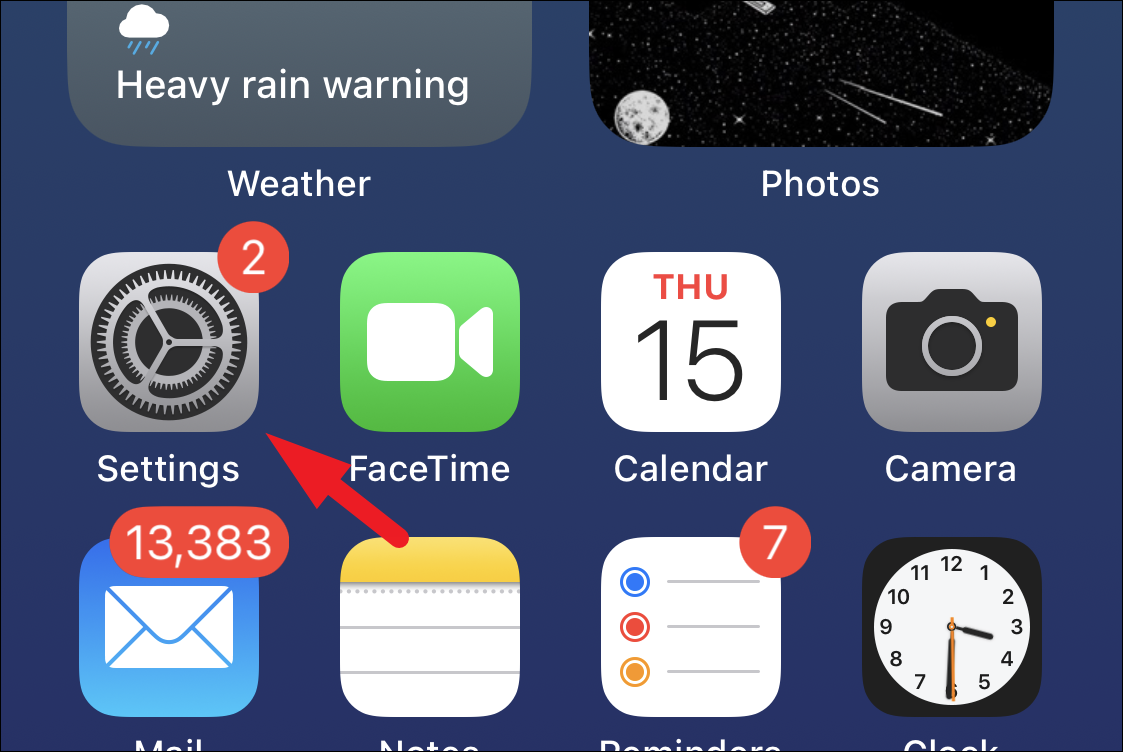
After that, tap on the ‘Apple ID card’ to continue.
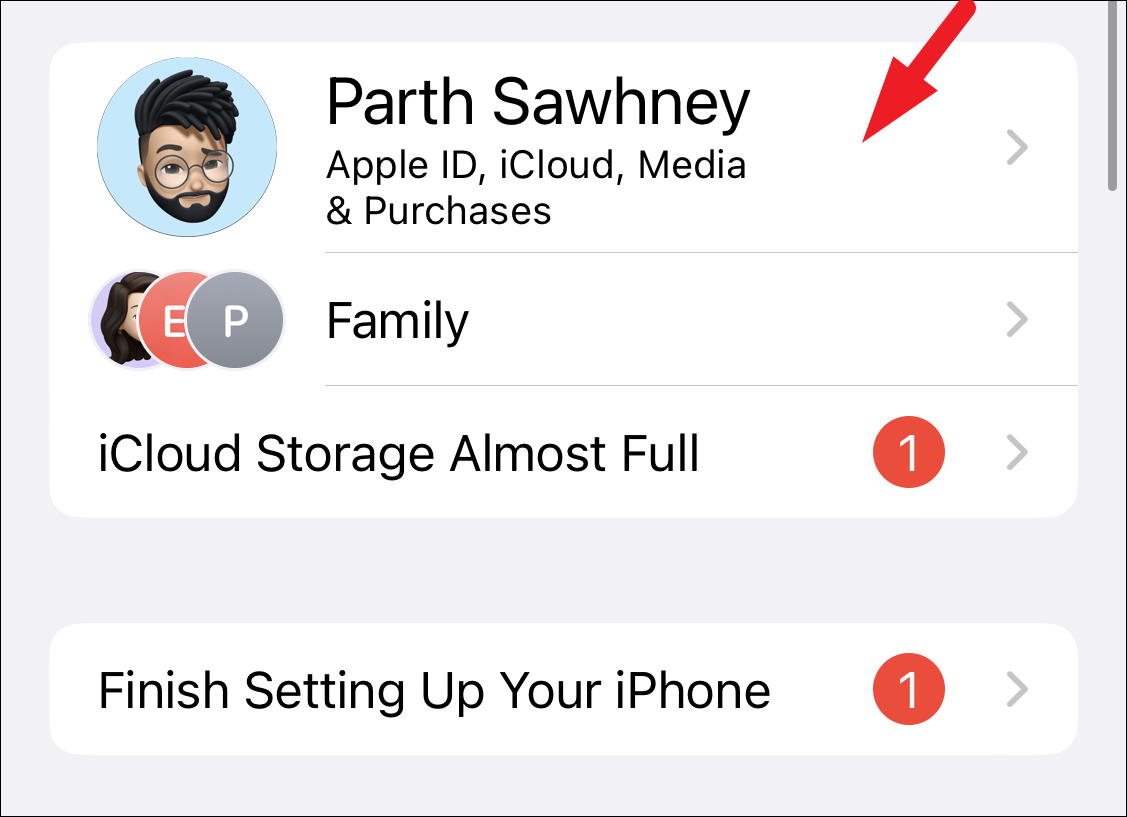
Next, tap on the ‘iCloud’ option from the list.
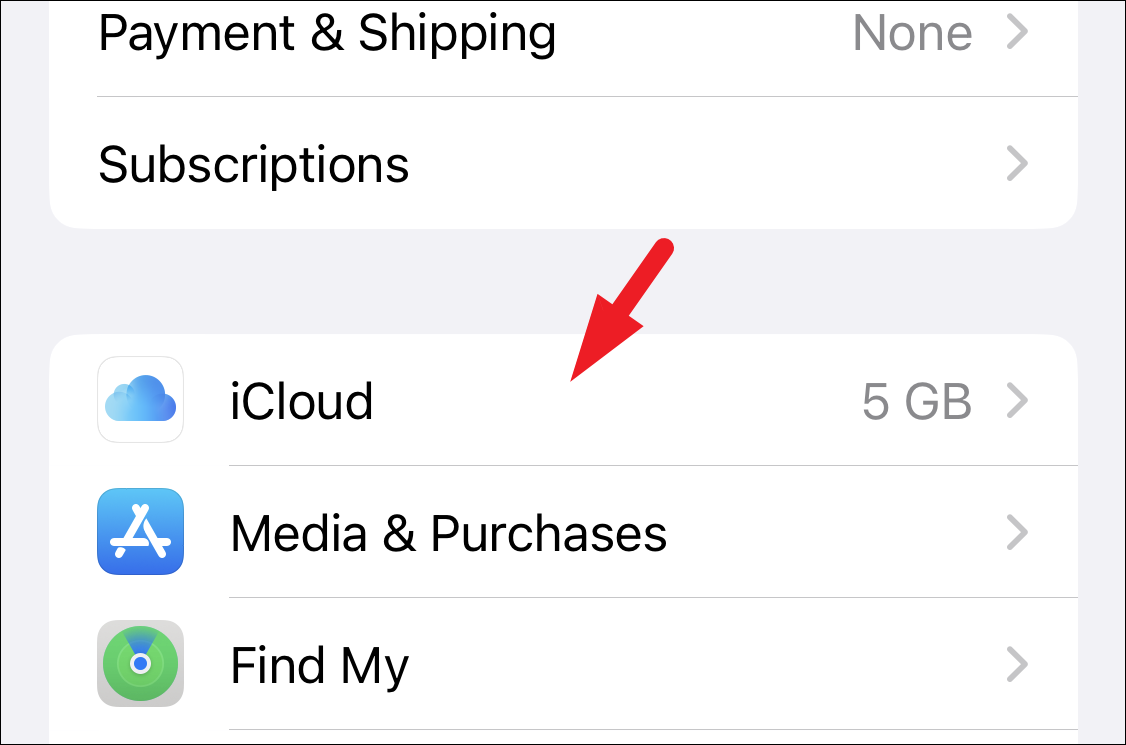
After that, tap on the ‘iCloud Backup’ option to continue.

Finally, tap on the ‘Backup Now option. Keeping a backup allows you to restore the data on your iPhone should you wish to do so in the future.
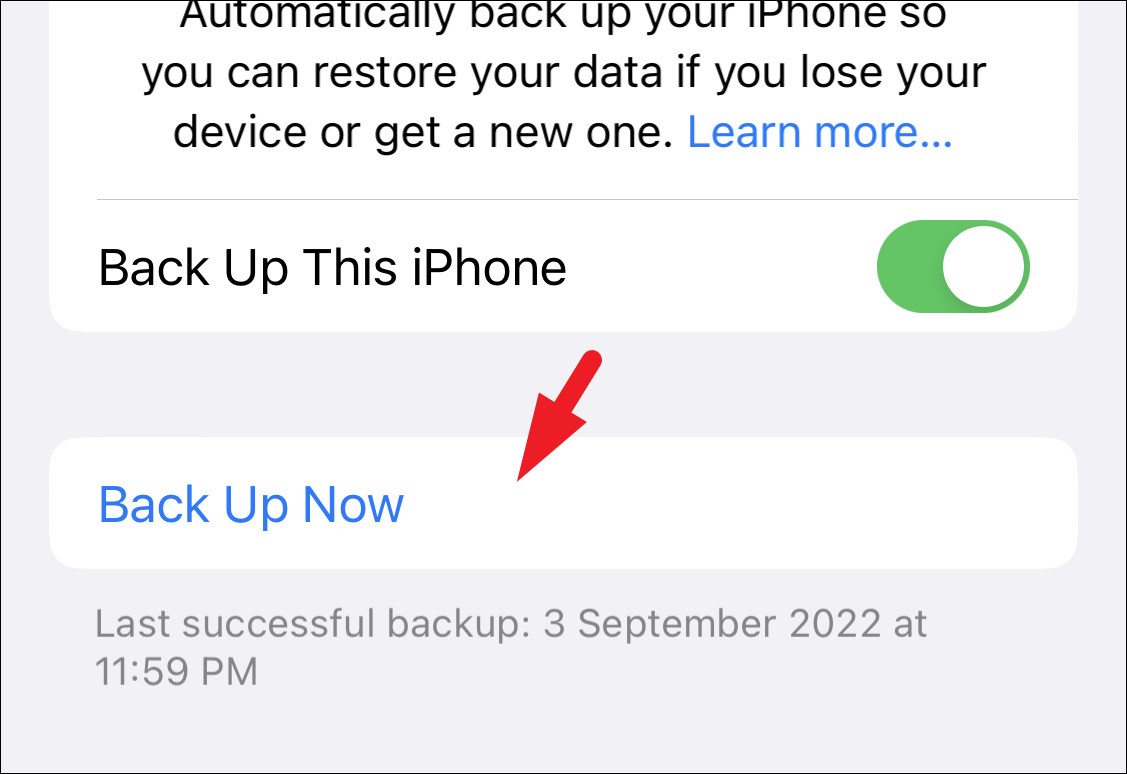
You can also back up the device while resetting the iPhone when given the option to do so. But it can take time for the backup to complete. And if you back up your iPhone during reset, you cannot use it in the meantime.
Now, to start the reset process, from the Settings screen, tap on the ‘Apple ID’ card to continue.

Then, scroll down to the end of the screen, and tap on the ‘Sign Out’ button.
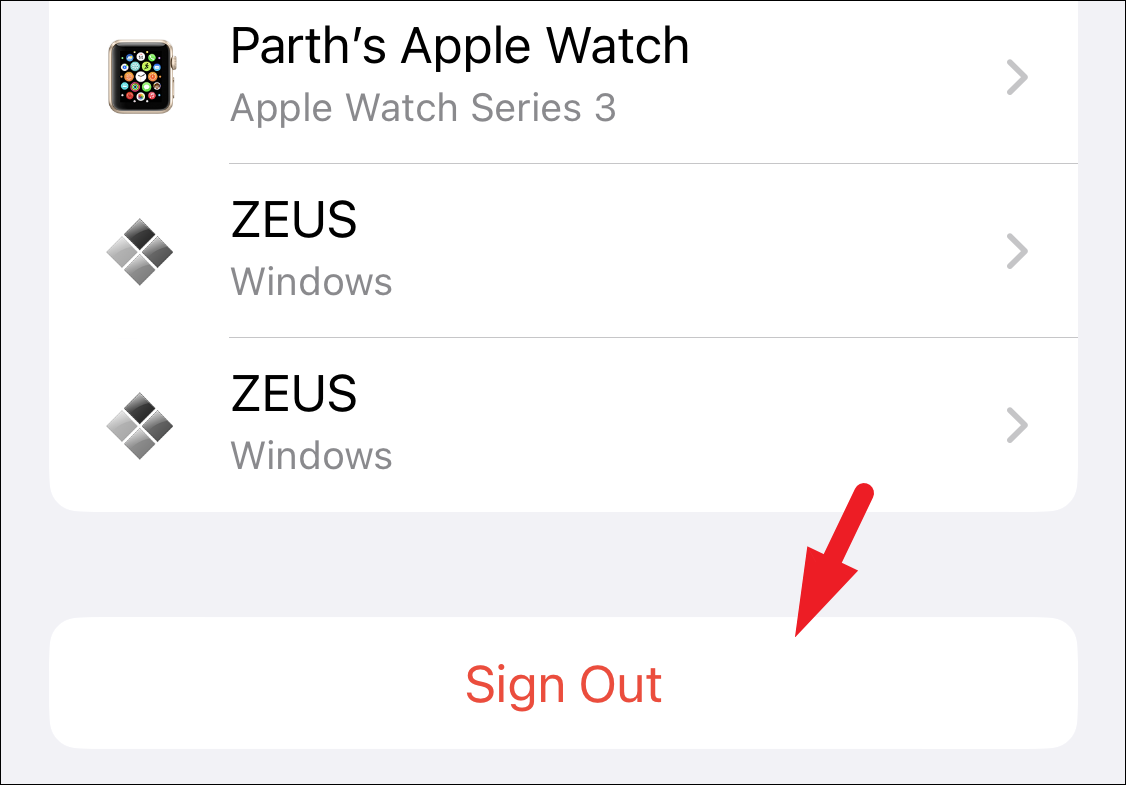
Now, head back to the main Settings screen, and tap on the ‘General’ tab.

After that, tap on the ‘Transfer or Reset iPhone’ option from the bottom of the page to continue.
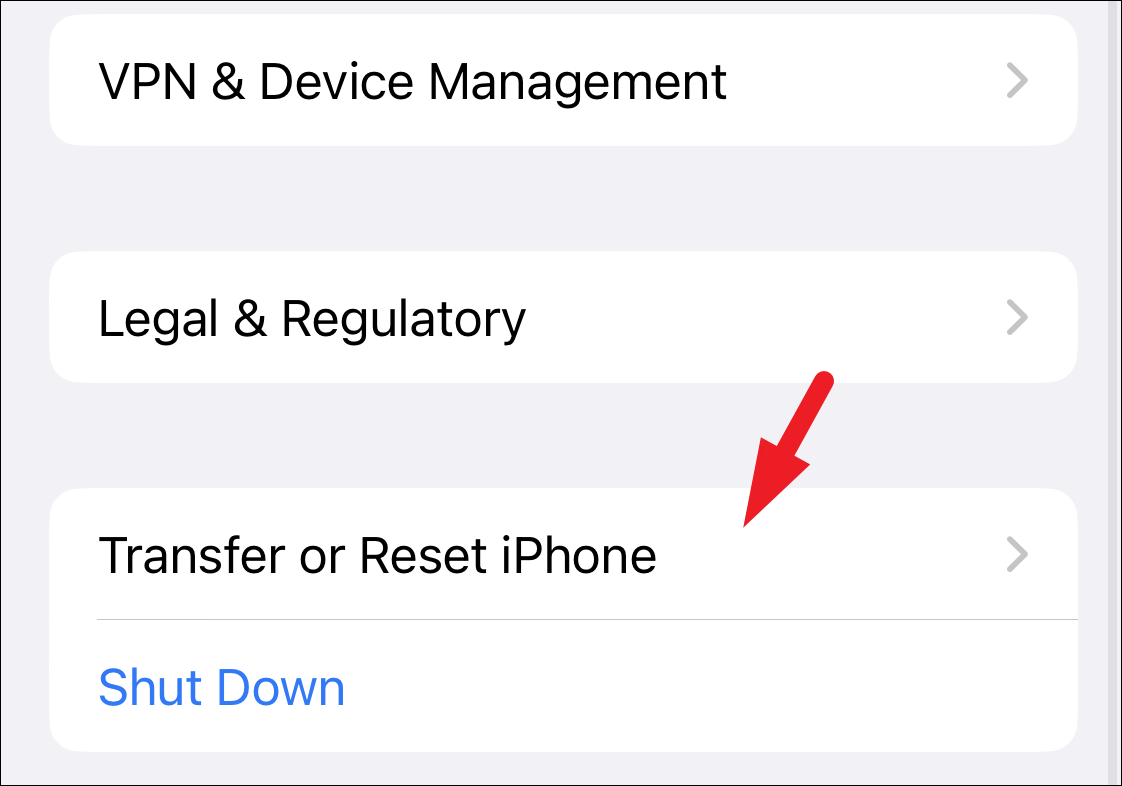
Next, tap on the ‘Erase all content and settings’ option to continue. This will bring an overlay menu to your screen.
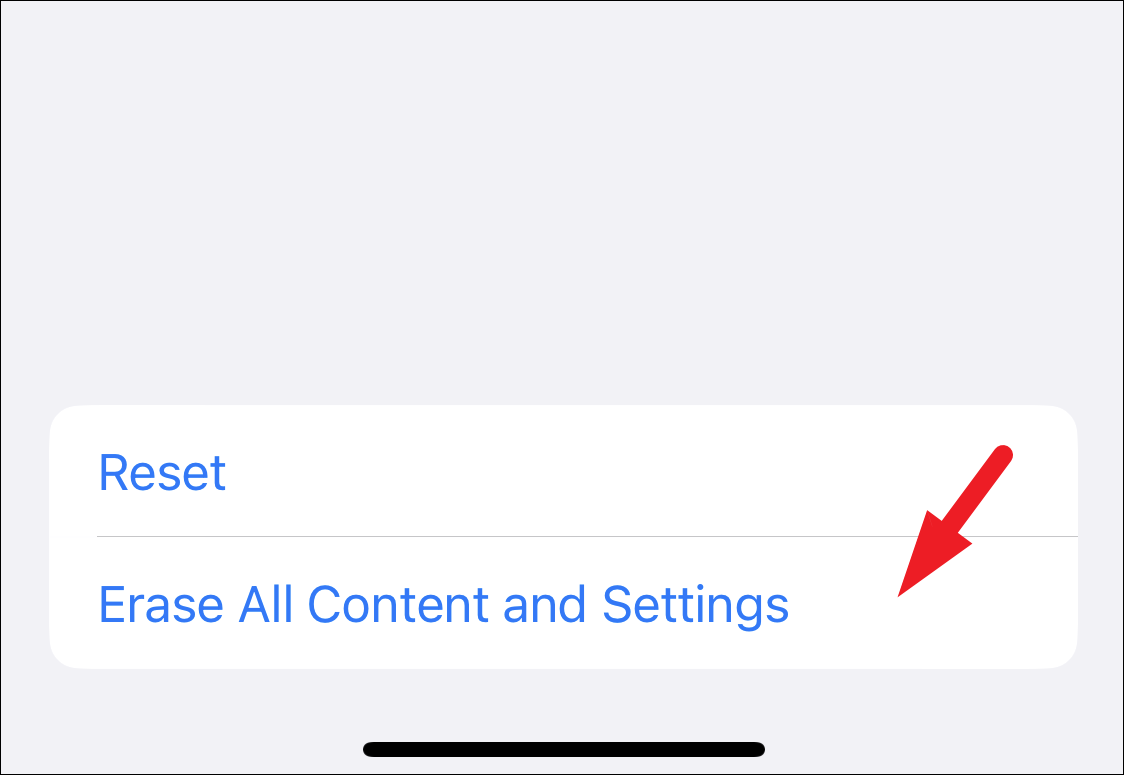
Then, tap on the ‘Continue’ button.

After that, enter your device passcode to continue. Then, enter the password for your Apple ID and tap on the ‘Turn Off’ option to disable the Find My and Activation Lock.

Now, if you have an eSIM installed on your iPhone 14 (which will be a must in the US) and you’re resetting the device to give it away, tap the option ‘Erase Data and eSIMs’ from the final confirmation prompt. If you’re resetting the iPhone due to a software issue but plan to use the iPhone after reset, tap ‘Erase Data and Keep eSIMs’ so you don’t have to set up the eSIM on your device again.

For the rest of the world where iPhone 14 still supports a physical SIM card and you don’t have an eSIM installed, the only options you’ll get will be ‘Erase All’ and ‘Cancel’. Tap ‘Erase All’ to complete the reset.
2. Factory Reset Using your Computer
Another way to reset your iPhone is by using your computer, be it a macOS or Windows device. If you can’t access the Settings on your iPhone for some reason, you can easily reset it using iTunes on Windows or Finder on Mac.
Note: Make sure you have connected your iPhone to your computer with a USB or USB-C cable before proceeding. Then, unlock your iPhone and tap the ‘Trust Computer’ option, when prompted.
Now, from your Windows PC, launch iTunes.
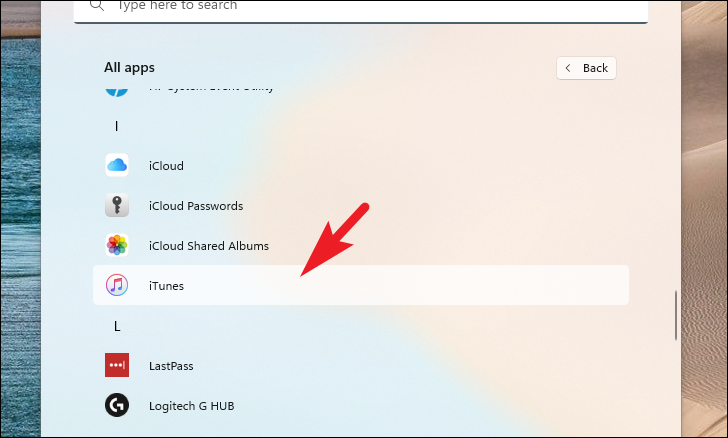
After that, click on the ‘iPhone’ icon to proceed.
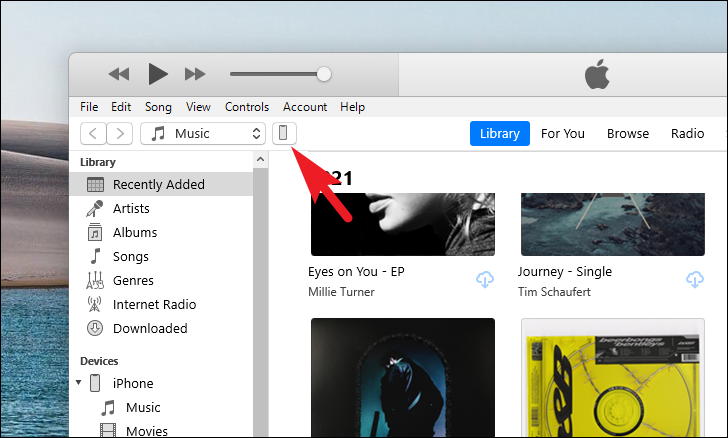
From a macOS device, click the ‘Finder’ icon in the dock to open Finder.
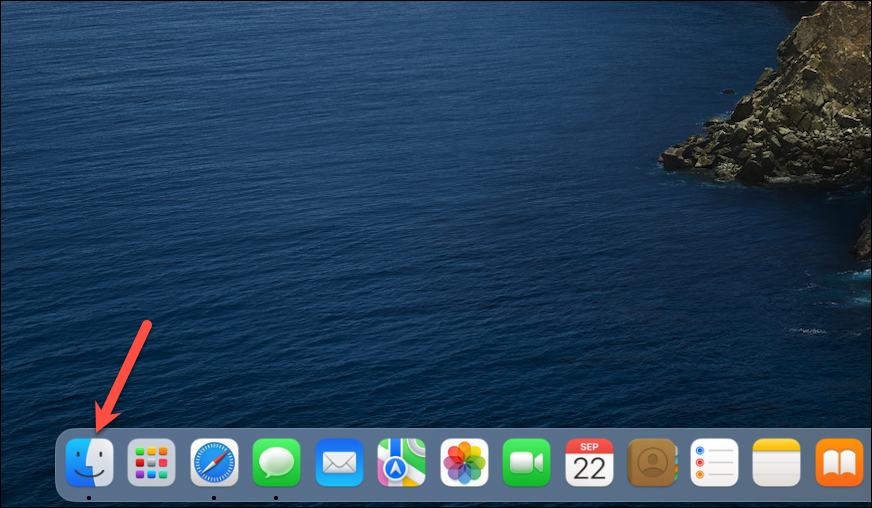
Then, below Locations, click the ‘iPhone’ option in the left sidebar.
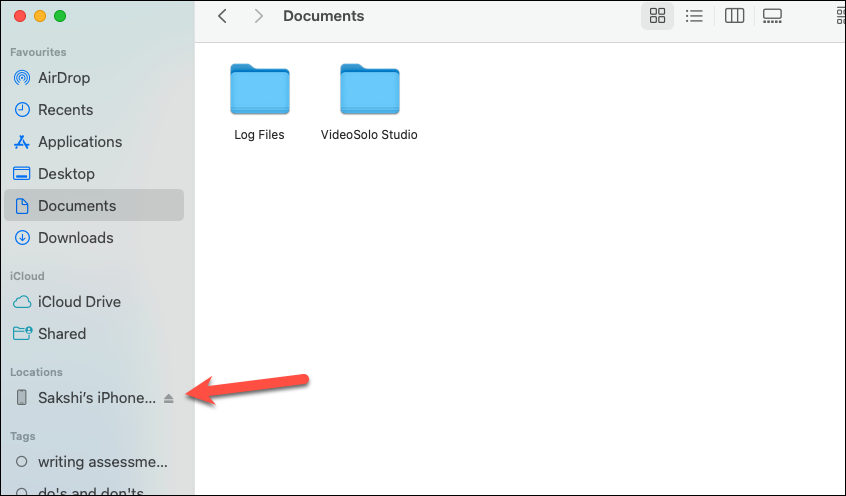
The next steps are the same in both cases, even if the placement of the options on the screen is somewhat different.
If you wish to back up your iPhone before you reset it, click on the ‘Backup Now’ button.
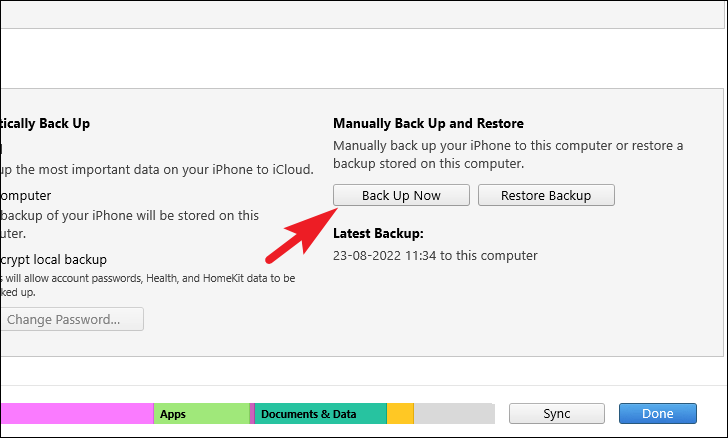
Otherwise, click on the ‘Restore iPhone’ button to proceed with resetting your iPhone. This will bring a separate window to your screen.
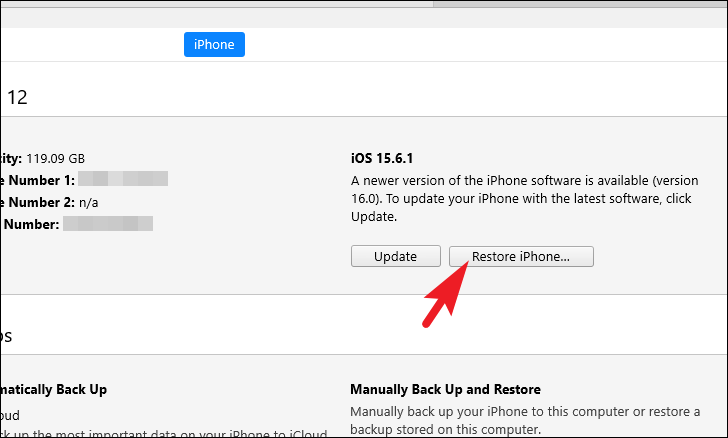
Now, click on the ‘Restore’ option again to confirm.
3. Reset Settings on iPhone
You can also only reset a group of settings on your iPhone without impacting your data at all. Namely, you can reset the ‘Network Settings, ‘Keyboard Settings’, ‘Home Screen Layout’, and ‘Location and Privacy’ settings of your device.
Simply head to the Settings app either from the home screen or the app library of your device.
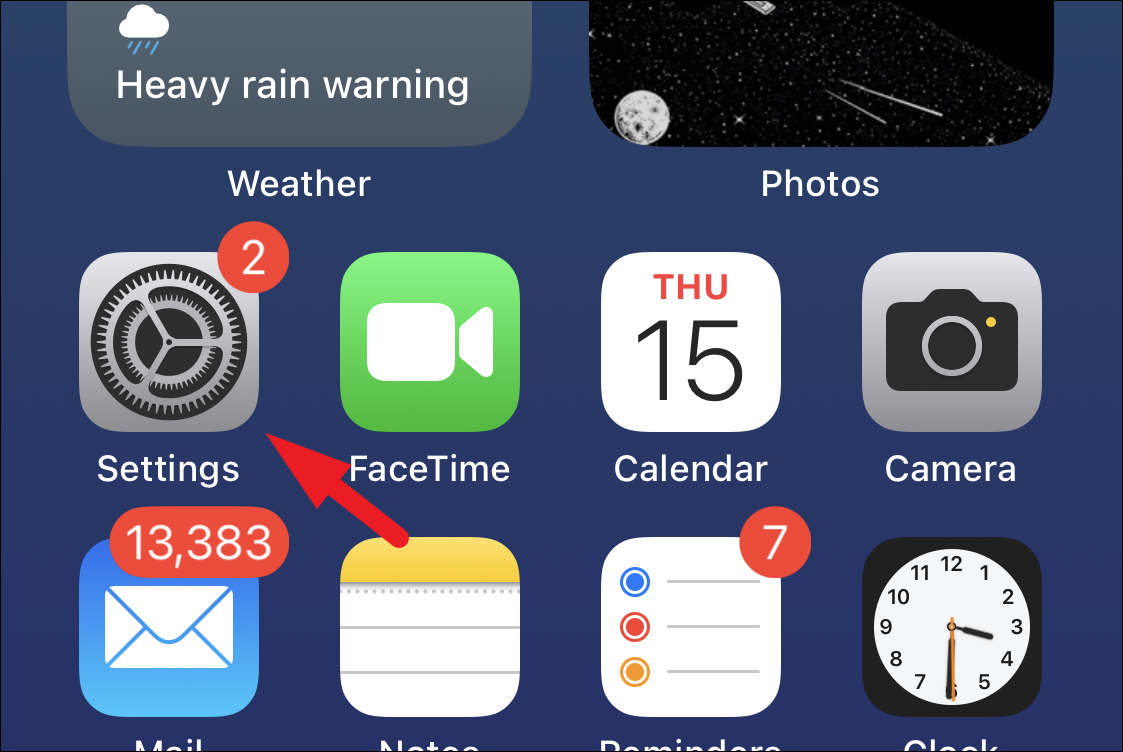
Next, tap on the ‘General’ option to continue.
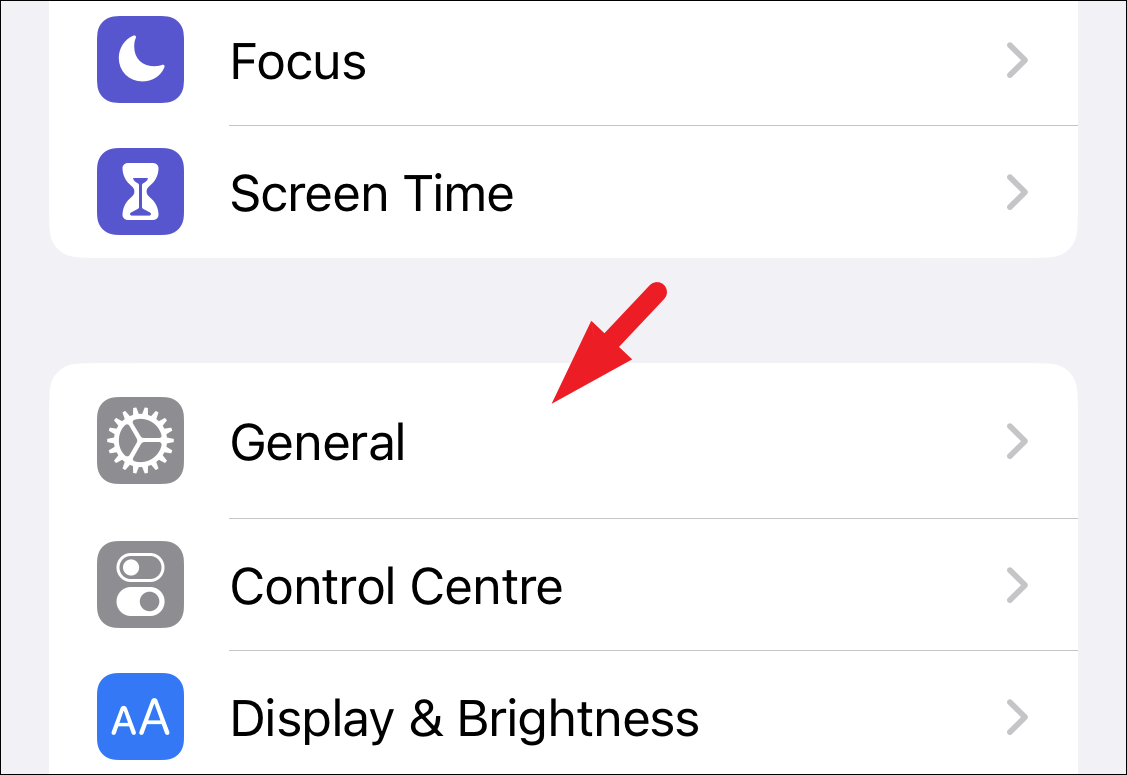
After that, tap on the ‘Reset or Transfer iPhone’ option.

Next, tap on the ‘Reset’ tab. This will bring an overlay menu to your screen.
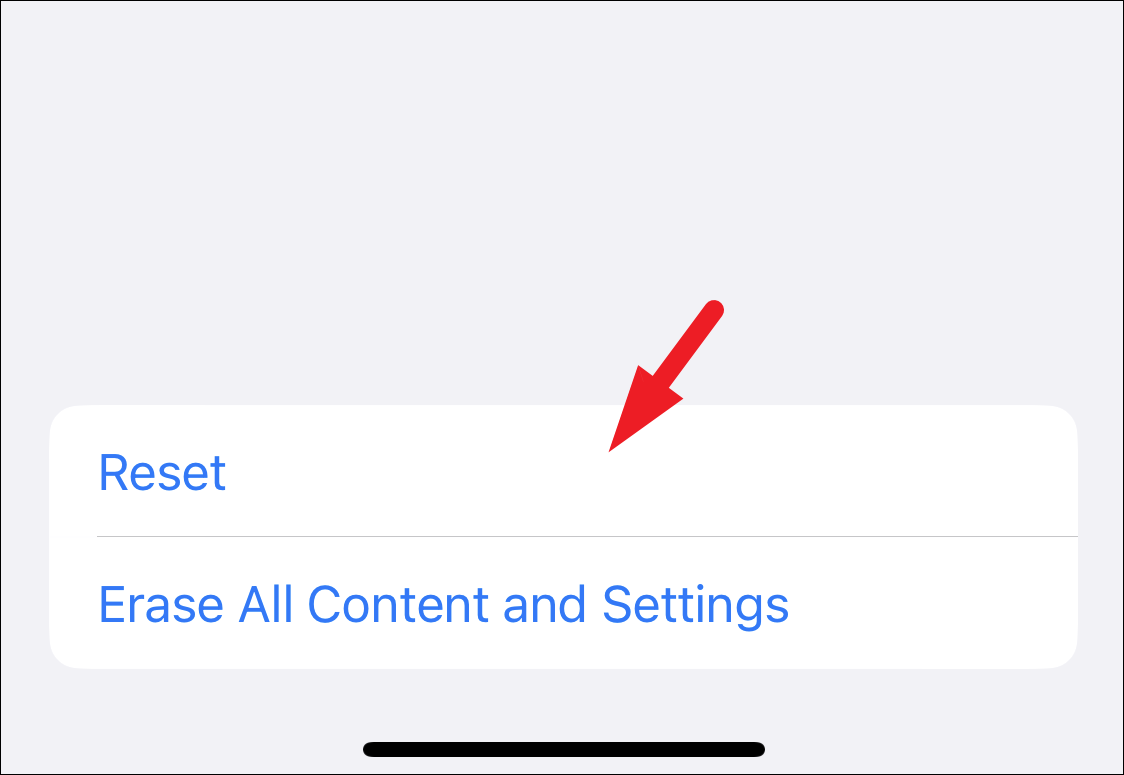
Next, you can either choose one of the particular categories to reset or the ‘Reset All Settings’ option.
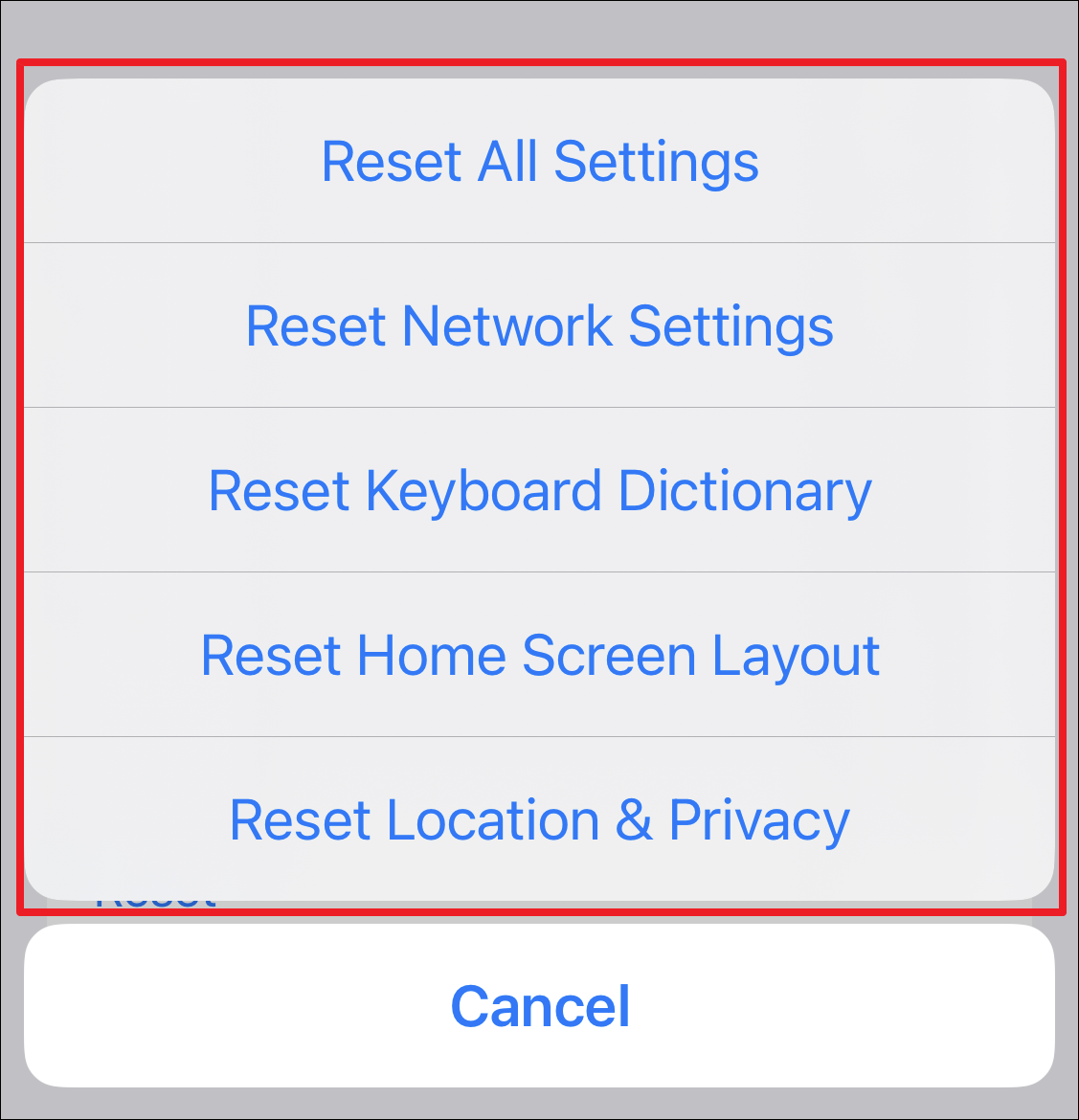
And that’s it, folks. You have successfully reset your iPhone. You can now either restore it back using a previously created backup, set it up for a new family member, or hand it down.






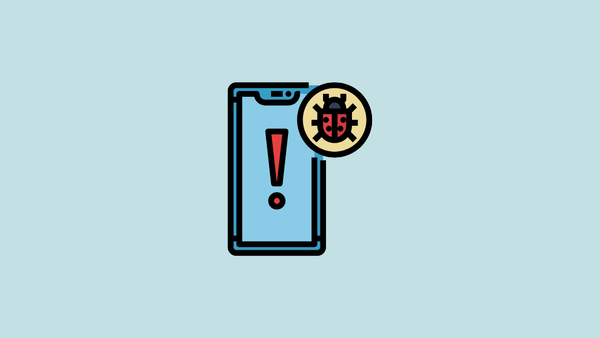
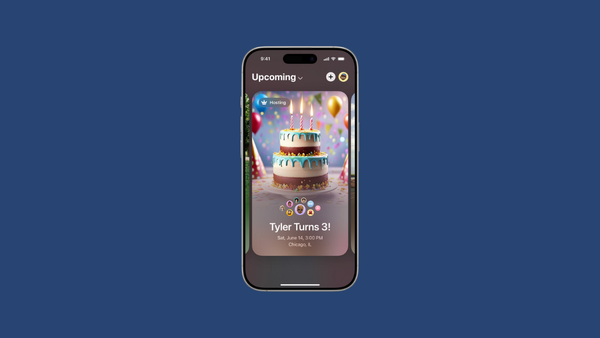



Member discussion